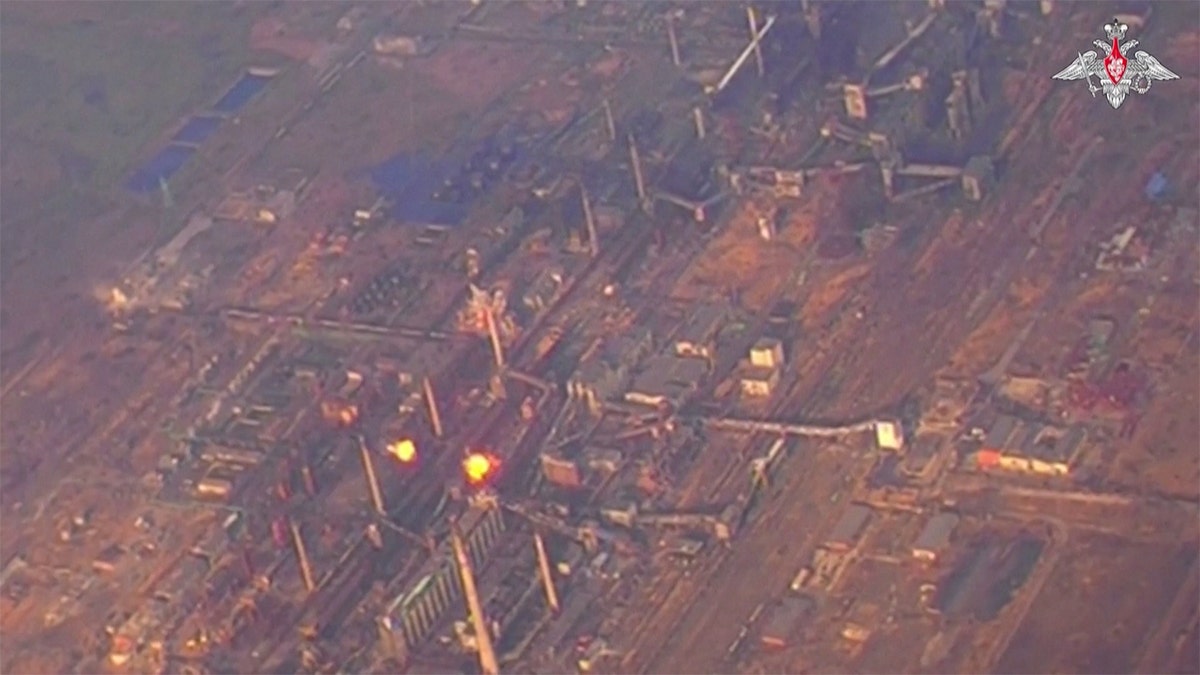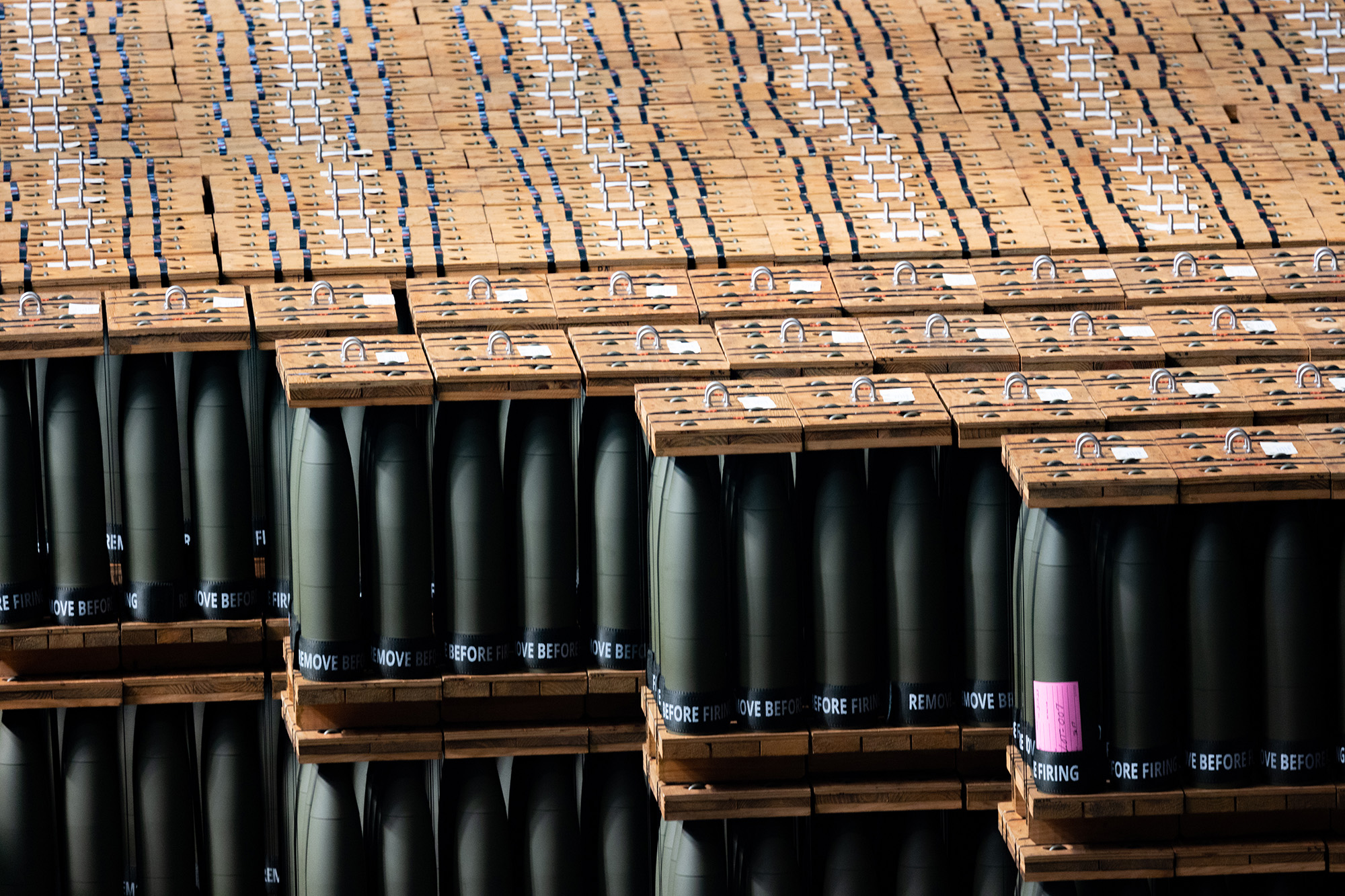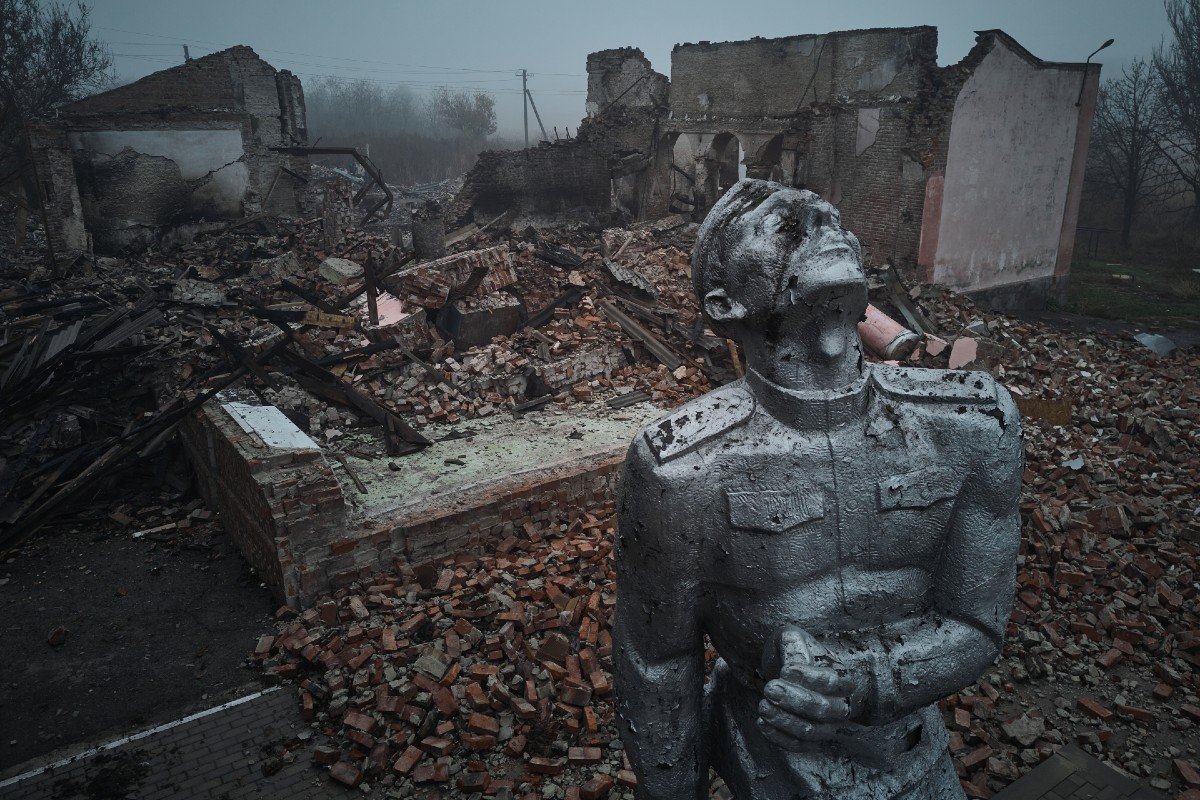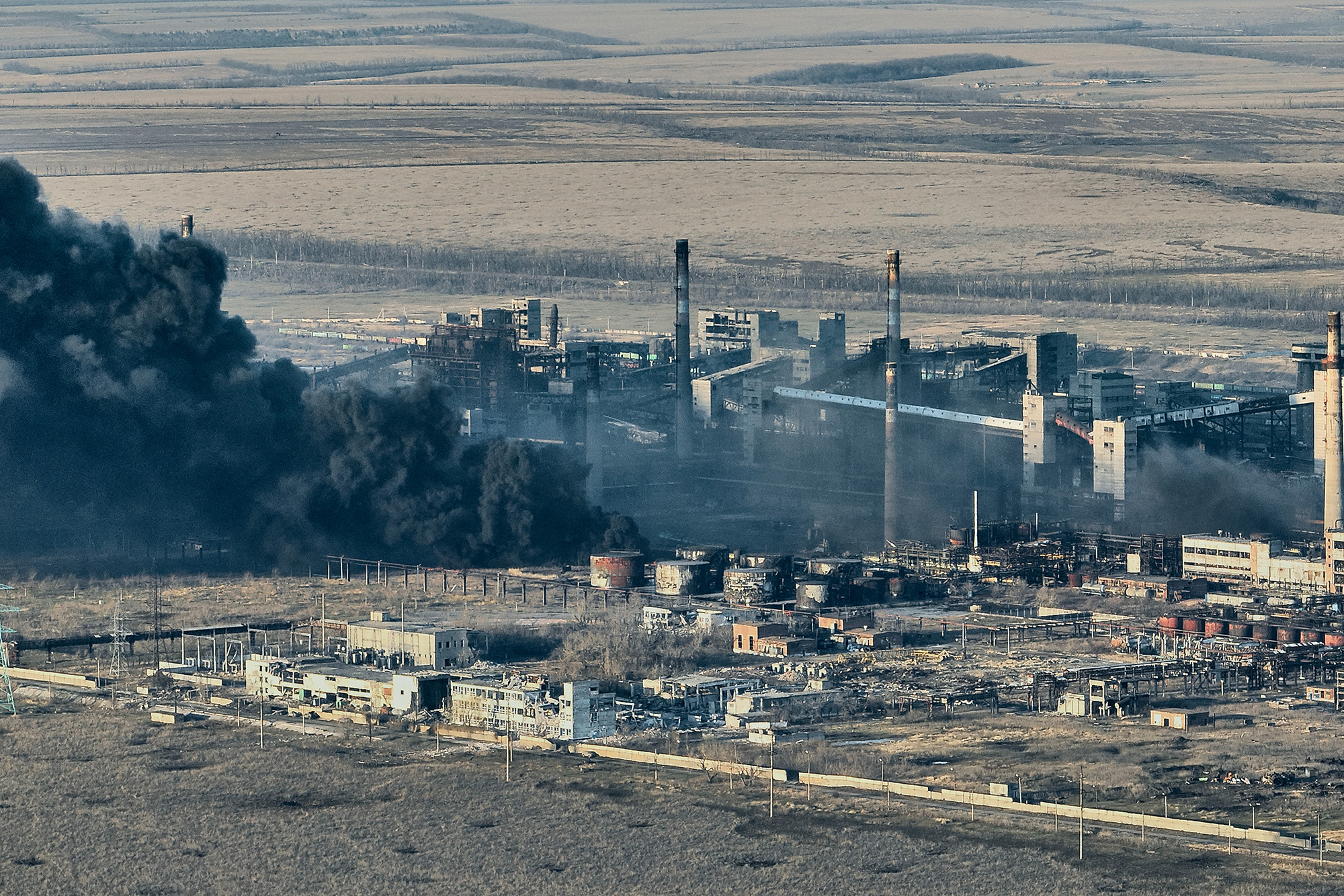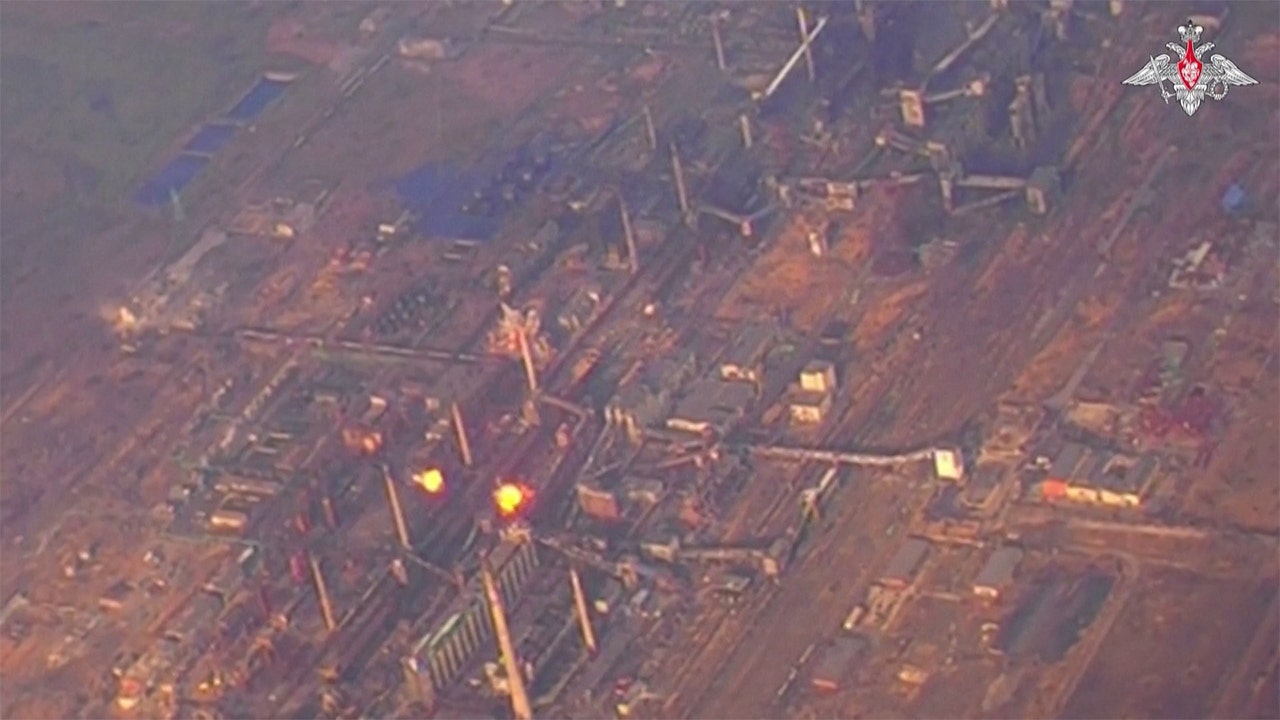
Russia has gained control of Avdiivka coke plant after Ukrainian troop withdrawal, defense ministry says. The Russian army took full control of the Soviet-era coke plant in Avdiivka on Monday, days after Ukraine withdrew its troops from the town amid ammunition shortages. Putin congratulated Russian troops on their victory in Avdiivka and General Oleksandr Syrskyi announced the withdrawal as a tactical move to preserve lives and health of servicemen.


